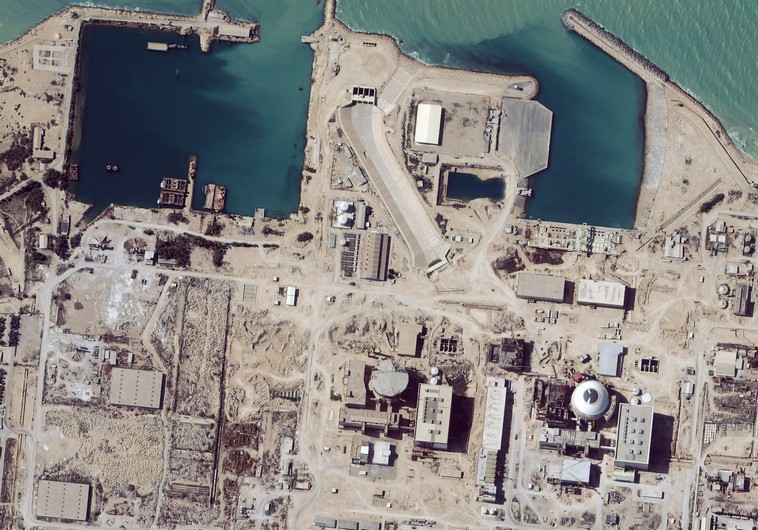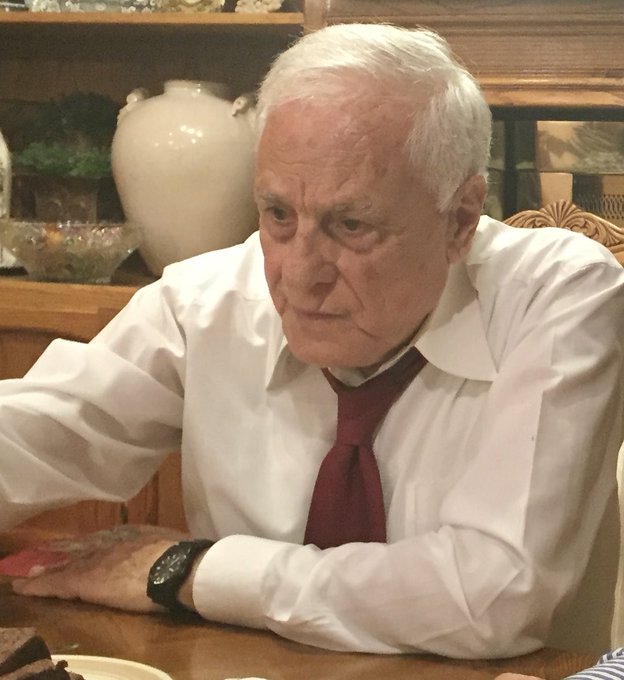
Satellite images show ‘damage consistent with an attack’ at Iran’s Parchin military compound, report says
By YAAKOV LAPPIN/J.Post
10/09/2014
Satellite images taken of Iran’s Parchin military compound after a blast reportedly tore through it show “damage consistent with an attack” at the site, which has been linked by Western intelligence to nuclear missile fuse trials, according to a report by the Israel Defense website.
According to the report by Ronen Solomon, the images form evidence that “refutes the denials of the Iranian government” and prove that the explosion at Parchin, east of Tehran “indeed occurred inside the military compound in Parchin.”
The images “clearly show damage consistent with an attack against bunkers in a central locality within the military research complex at the Parchin military compound,” the report added.
The images show Parchin before and after the October 5 explosion, and expose significant damage to the site, with a number of structures erased in the photograph taken after the reported blast.
Israel Defense said the damage occurred at the center of the Parchin compound, “adjacent to another installation where, according to intelligence sources, the trials being conducted involve controlled detonation of fuses intended to serve as triggers for nuclear devices.”
It noted that a whole series of structures that look like bunkers disappeared after the blast, and that testing units were wiped “off the face of the Earth.” According to Israel Defense, the images were taken by the French Pleiades satellite on the morning of October 7. The satellite captured what appear to be emergency response vehicles at the site.
On Monday, the official Iranian IRNA news agency said the blast killed two employees on site.
The agency quoted Iran’s Defense Industries Organization, which said a fire occurred Sunday night, killing two people. The agency did not provide additional information.
The semi-official ISNA news agency also reported that an explosion occurred at a military base near Tehran, killing two people.
“Unfortunately, two workers were killed,” the defense organization’s spokesman was quoted as saying.
The Saham opposition website reported that a huge explosion occurred at the large facility in Parchin, located 30 km. southeast of Tehran.
According to the report, the powerful explosion blew out the windows of buildings located up to 15 km. away from the base, and eyewitnesses could observe the blast from a distance.
Parchin is a controversial military base where Israel and the International Atomic Energy Agency suspect the Islamic Republic is attempting to develop a nuclear explosive device. IAEA inspectors have not been permitted to enter the site since 2005.
A statement from Intelligence Minister Yuval Steinitz, issued a day before Iranian President Hassan Rouhani – the architect of Tehran’s diplomacy with the big powers – was to address the UN General Assembly, said internal neutron sources such as uranium were used in nuclear implosion tests at Parchin.
Israel, his statement said, based its information on “highly reliable information,” without elaborating.
In May, a fire broke out in an oil storage facility in the northwestern Iranian city of Qazvin. There were conflicting reports of casualties, with state news agency IRNA reporting none and the Iranian Fars news agency reporting that there were around 50 people injured, some seriously.
Channel 2 News reported that in the past it was claimed that Qazvin hosted an “unreported nuclear site” that contained stored uranium. In January of last year, Israeli intelligence officials confirmed that an explosion damaged Iran’s Fordow nuclear facility, which is being used to enrich uranium.
In 2011, Iran said a massive explosion at a military base 45 km. west of Tehran killed 17 Revolutionary Guards members, including the head of the elite force’s missile program. It said the blast was caused by an accident while weapons were being moved.
Yasser Okbi, Jerusalem Post staff and Reuters contributed to this report.



















